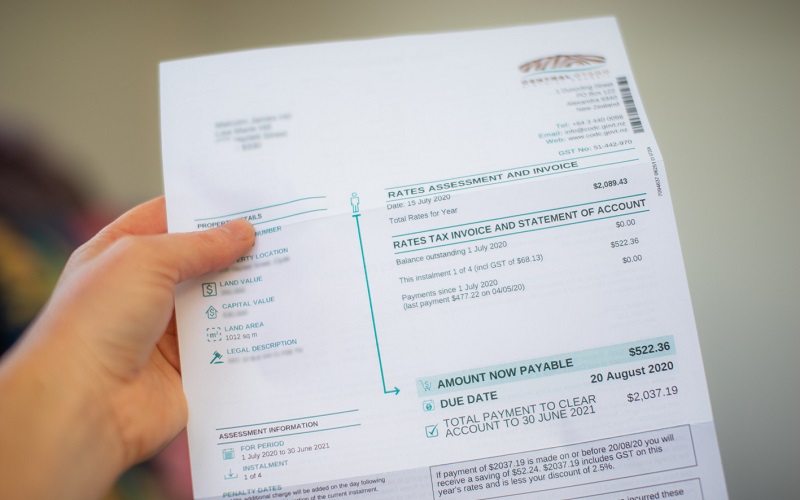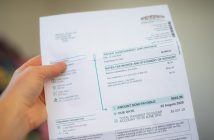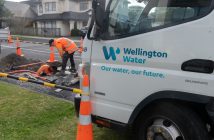A report by the Infrastructure Commission highlights strong public appetite for funding tools that go beyond rates – particularly usage charging

The Infrastructure Commission has released the results of a survey that asked New Zealanders what they think is fair when it comes to paying for infrastructure services like roads, drinking water, and electricity.
“Survey findings reveal highest support for usage as a fair way for charging. Specifically, nearly three-quarters of respondents thought it was fair that what households pay for electricity (74%) and water (72%) should be based on what a household uses,” says Te Waihanga General Manager – Strategy, Geoff Cooper.
“Just over one-third (34%) of respondents thought that usage was a fair way to fund roads. However, this was still higher than the other ways of paying for roads presented in the survey,” says Cooper.
The survey asked whether it is fairer that what households pay should differ based on what the household uses, what the household’s income is, or on the cost of supplying the service to the household’s location. The survey also asked whether it is fair to charge more at times of peak demand.
“What’s fair is a very subjective thing. Views varied based on age, gender, ethnicity, and region. Views also varied depending on the type of infrastructure,” Cooper says.
Local Government New Zealand (LGNZ) President Sam Broughton says both councils and the public understand that continuing to rely so heavily on household and business rates is not a sustainable funding approach.
“Many households pay $2-3,000 per year just for one service such as power. Rates account for a huge range of infrastructure and services communities rely on, like local roads, water and managing our rivers and streams. Rates are currently councils’ key tool to raise revenue.
“LGNZ will be working with the Government on a toolbox approach to addressing funding and financing challenges.
“Not every tool works well for each council, so we need to take a locally-led approach to finding the right levers for individual communities. Options for new funding mechanisms include revenue sharing between central and local government, which could form part of new city and regional deals.
“Our members have strongly supported that the Government pay rates on all Crown land, as well as introducing new tools like congestion charging, bed taxes and tourist levies.
“Councils will begin to consult their communities on their draft long-term plans (LTPs) soon, outlining the priorities for their community, how much it will all cost, and where the money might come from. It’s important that councils have more funding levers to meet the necessary investment required to fund existing services and essential infrastructure.”
The New Zealand Infrastructure Strategy highlights that New Zealand has significant challenges ahead when it comes to delivering and maintaining infrastructure. Cooper says addressing these challenges will require us to do things differently, which might mean changing how infrastructure is paid for and delivered.
“Gaining a better understanding of what people perceive is fair when paying for infrastructure services is an important step toward meeting this challenge. For example, while many people think it’s fairer to pay for the infrastructure services they use, they don’t view it as fair to have to pay for the full cost of supplying those services, especially where the costs are higher, such as in remote locations,” Cooper says.
The findings feed into a broader research programme we conducted about how and how much New Zealanders pay for infrastructure and what New Zealanders think is fair.
The survey findings highlight a number of key points that may support policy development, including:
- Volumetric charging for water: Nearly three-quarters of respondents (72%) think it’s fair that what households pay for water should be based on what a household uses. Decision-makers have the opportunity to harness this broad support for use-based charging as a fair means of paying for water and adopt volumetric charging where it is not already in place. This could be done by incorporating a low fixed charge for basic needs and the discretion to have lower charges for some households.
- Congestion charging in Auckland: Despite most respondents (65%) not viewing congestion charging as a fair way of charging for road use at peak times, Aucklanders were more likely to think it was fair (31%) than those from elsewhere (22%). This is comparable to the levels of public acceptance of time-of-use charging in cities overseas before congestion charging was introduced.
- Cost of supplying infrastructure: Over half of (55% to 60%) survey respondents did not think it was fair for households to pay for services based on the cost to supply. New Zealand has a longstanding approach that everyone should have access to infrastructure services regardless of where they live. This includes rural and remote areas where the cost of supply is higher or where the population is too small to meet the costs. But there are some tough decisions for the future about who should bear the cost of, for example, of rebuilding infrastructure in remote communities after damage from extreme weather events or in adapting infrastructure to be resilient in the face of climate change.








